The genesis of the George School game is murky, at best. People of great good will disagree, sometimes passionately, about how and when the game takes root in the campus culture. Some are convinced it emerges in the early nineties, others know that mid-decade players take the lead, while more recent grads are confident that no one is very serious about the game until they arrive.
This much is certain—Four Square does not reach icon status until after the Class of 1937 Student Plaza, commonly known as Red Square, is completed in 1987. That stellar 50th reunion gift provides the flat surface and built-in squares, and a constant stream of players and spectators.
Nick Hanlon ’94 says the game was so popular that lines of waiting students went up the stairs and onto Main porch. Ben Goodale ’95 is described as “the loudest and most enthusiastic.” Ed Chiurco ’01 lauds Andrew Kenower ’00 for having “ruled the court for four years” and for playing while on crutches. There is talk of the “Original Eight” and the “Original Four” circa 1994–1995. Some credit the late Chuck O’Neill ’94 with Four Square revival. “Chuck’s friends played a game in his honor following his memorial service in 2001,” Ryan Kerney ’94 recalls.
“I have wonderful memories of playing Four Square with students,” says former Head of School David L. Bourns. “I believe our version was unique because we played in teams of two. The game has infinite capacity for players of any skill. It is a great equalizer.” Besides equality, devotees cite other inherent George School values: playfulness, flexibility, community, creativity, inclusiveness, responsibility, tolerance, kindness, and humor.
Some basic rules apply. Player in the “A” or “King” square serves so that the ball bounces within one of the three remaining squares (B, C, D). A receiving player hits the ball into another square, and so it goes. When a player makes an error, he or she goes to the back of the line or leaves the game. A new player enters the “D” square while the others move up. The goal is to reach the “A” square. Beyond that, the game is fluid and self-designed.
Some subtleties of the George School game have been identified:
- Months might pass before players actually figure out the rules.
- Anyone can play with anyone.
- If a young child wants to play, the rules are gentled.
- If a dispute arises, spectators clap rhythmically and a dance-off is called. Best dancer as determined by the crowd wins the disputed play.
- The game has no end; you stop when you are tired.
- No score is kept and no one loses.
More than just a game, Four Square is now firmly implanted in campus tradition. The Class of 1937, it turns out, gave more than a beautiful plaza. Its members gave the gift of fun.

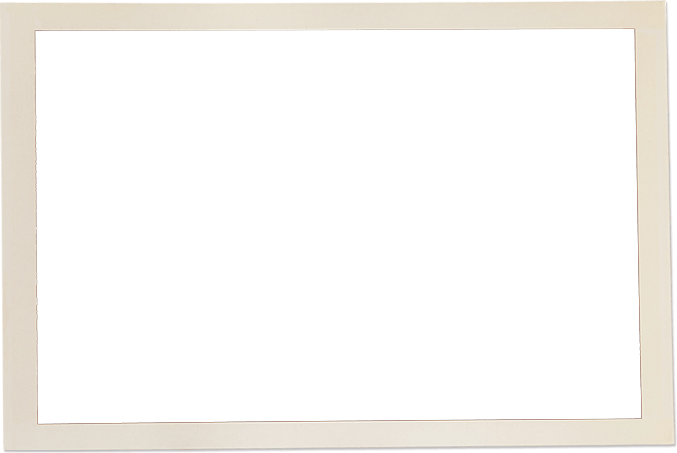
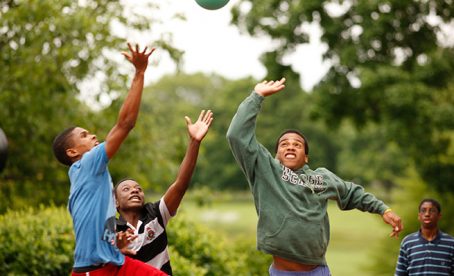
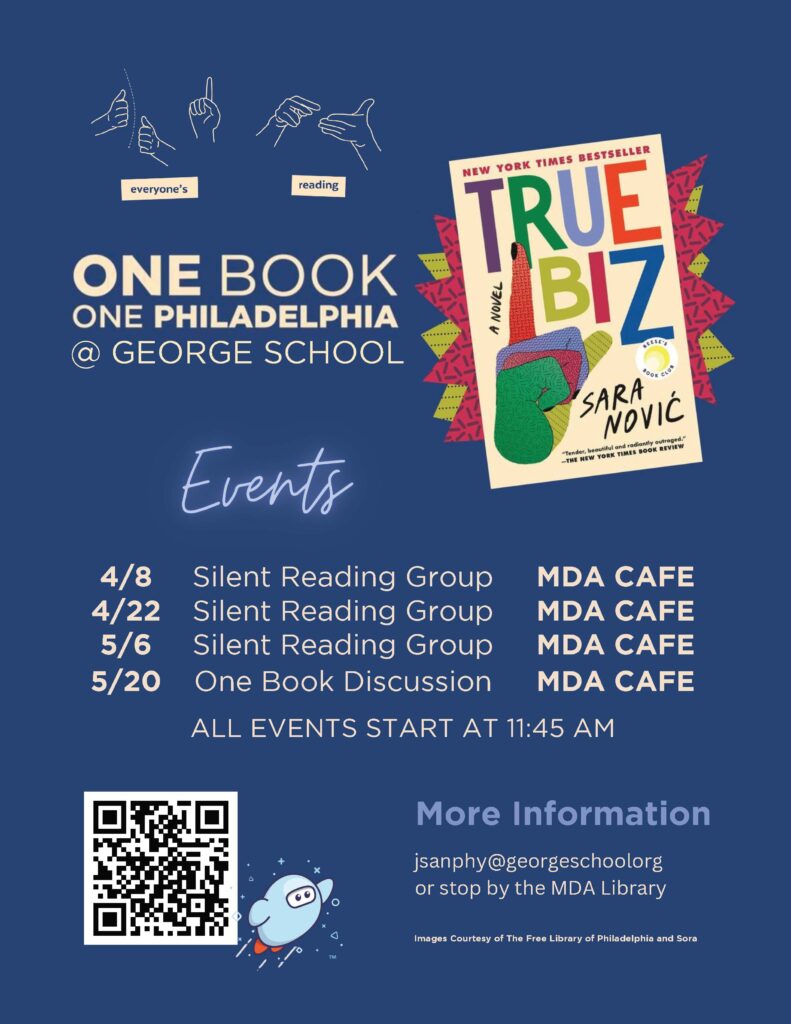
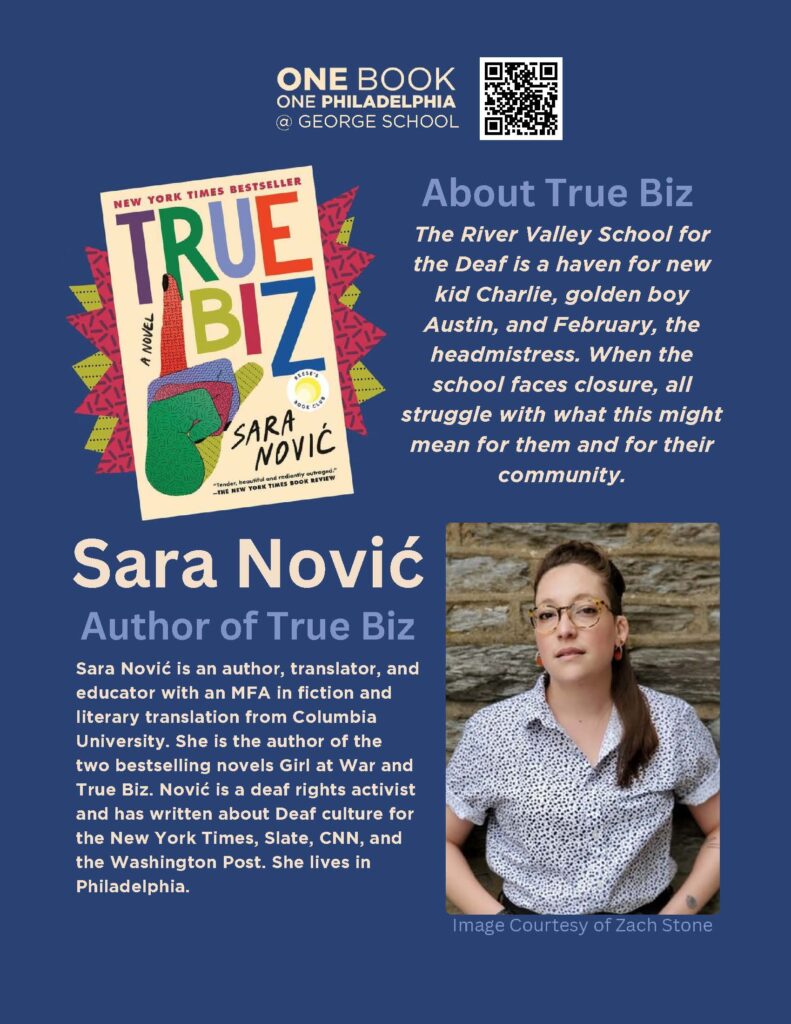



 Monastir, Tunisia, and Amman, Jordan
Monastir, Tunisia, and Amman, Jordan Irvine, CA
Irvine, CA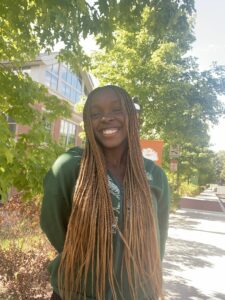 Feasterville-Trevose, PA
Feasterville-Trevose, PA New Hope, PA (Previously NYC)
New Hope, PA (Previously NYC)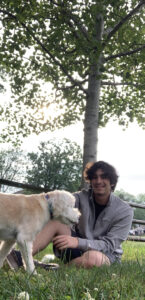 Richboro, PA
Richboro, PA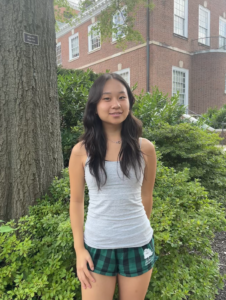 Englewood, NJ
Englewood, NJ Ningbo, Zhejiang, China
Ningbo, Zhejiang, China Willingboro, NJ
Willingboro, NJ Yardley, PA
Yardley, PA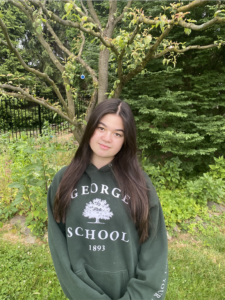 Newtown, PA
Newtown, PA Holicong, PA
Holicong, PA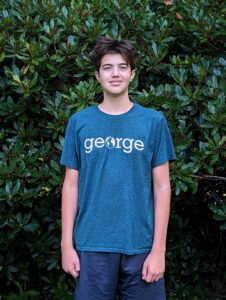 Newtown, PA
Newtown, PA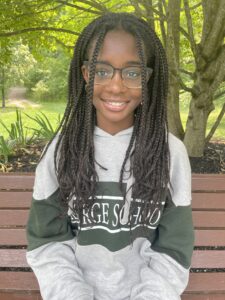 Hamilton, NJ
Hamilton, NJ Yardley, PA
Yardley, PA Lambertville, NJ
Lambertville, NJ Chongqing, China
Chongqing, China Pennington, NJ
Pennington, NJ Yardley, PA
Yardley, PA Bensalem, PA
Bensalem, PA Borgota, Colombia
Borgota, Colombia Newtown, PA
Newtown, PA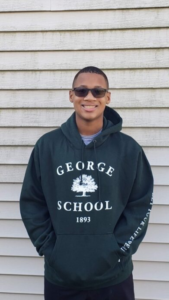 Burlington, NJ
Burlington, NJ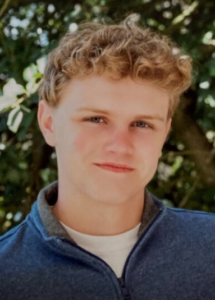 Langhorne, PA
Langhorne, PA Princeton, NJ
Princeton, NJ Langhorne, PA
Langhorne, PA New York City, NY
New York City, NY New Hope, PA
New Hope, PA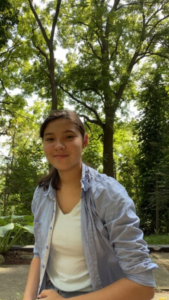 St. Catharines, Ontario, Canada
St. Catharines, Ontario, Canada Providenciales, Turks and Caicos Islands
Providenciales, Turks and Caicos Islands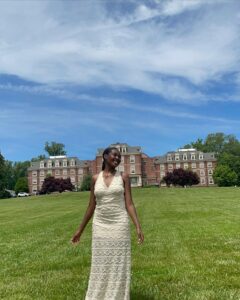 Willingboro, NJ
Willingboro, NJ Princeton, NJ
Princeton, NJ
 Newark, NJ
Newark, NJ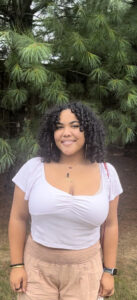 Trenton, NJ
Trenton, NJ Newtown, PA
Newtown, PA
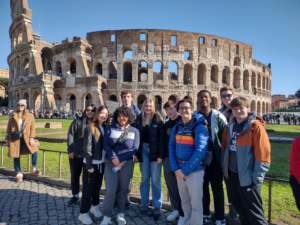
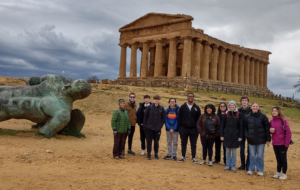

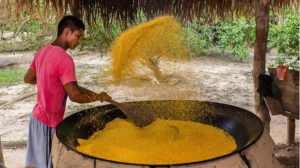



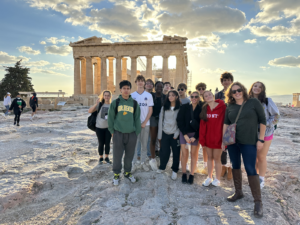
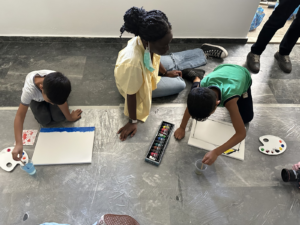
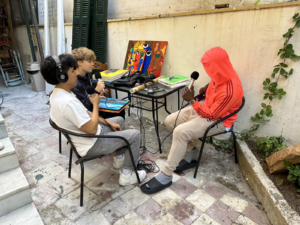




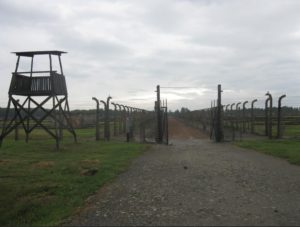
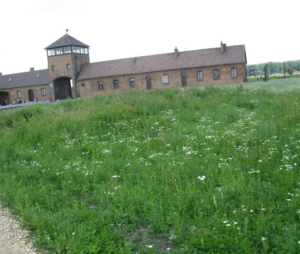
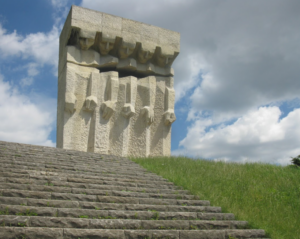
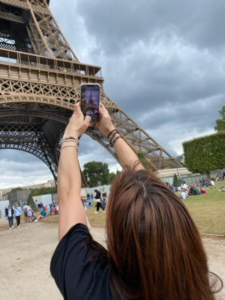
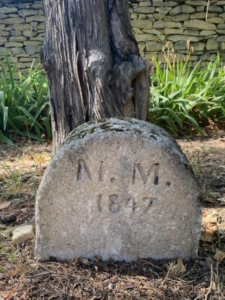
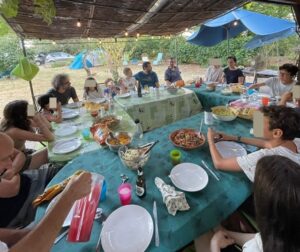
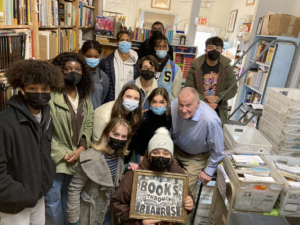
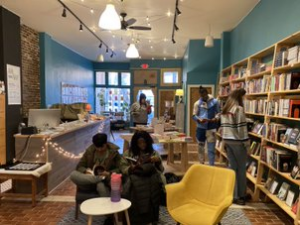
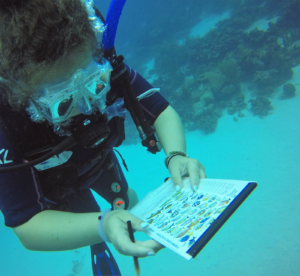

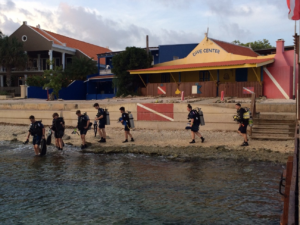
 Lawrence, NJ
Lawrence, NJ Seoul, South Korea
Seoul, South Korea
 Milwaukee, Wisconsin
Milwaukee, Wisconsin Pennington, NJ
Pennington, NJ Jenkintown, PA
Jenkintown, PA Ottsville, PA
Ottsville, PA Yardley, PA
Yardley, PA Providenciales, Turks and Caicos Islands
Providenciales, Turks and Caicos Islands Hopewell, NJ
Hopewell, NJ
 Pottstown, PA
Pottstown, PA Playa del Carmen, Quintana Roo, México
Playa del Carmen, Quintana Roo, México Shanghai, China
Shanghai, China Beijing, China
Beijing, China Yardley, PA
Yardley, PA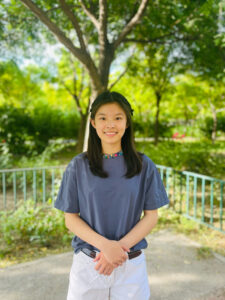 Beijing, China
Beijing, China Holland, PA
Holland, PA Langhorne, PA
Langhorne, PA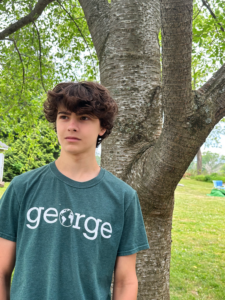 Ringoes, NJ
Ringoes, NJ New Hope, PA
New Hope, PA Dreshner, PA
Dreshner, PA Yardley, PA
Yardley, PA Yardley, PA
Yardley, PA PA
PA


 Xi’an, China
Xi’an, China





